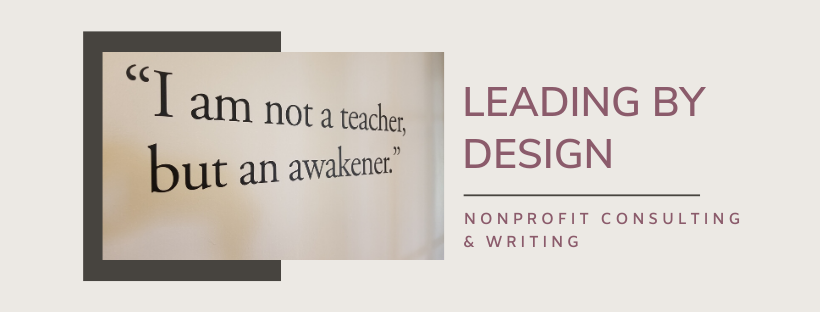The museum sector would do well to move away from a sense of its own importance to demonstrating the true value it can bring to lives. As cultural networks proliferate, the museum is ideally placed to lead discussion and debate, to create participatory media and develop the role of the active cultural participant. -- Angelina Russo commenting on Ross Dawson’s blog post , Thinking About the Future of Museums: Fourteen Key Issues , May 22, 2008 This quote really struck me, because it’s where many culturals – not just museums – seem to be stuck. And we’ve been stuck here for a long time, with some noteworthy exceptions. It may have a lot to do with the fact that we excel at great ideas, but drop the ball when it comes to their execution. I relate to that. The Management Centre recently released an international compilation of studies on innovation in the nonprofit sector. Using a Harvard-developed research model that identifies seven stages of innovation
